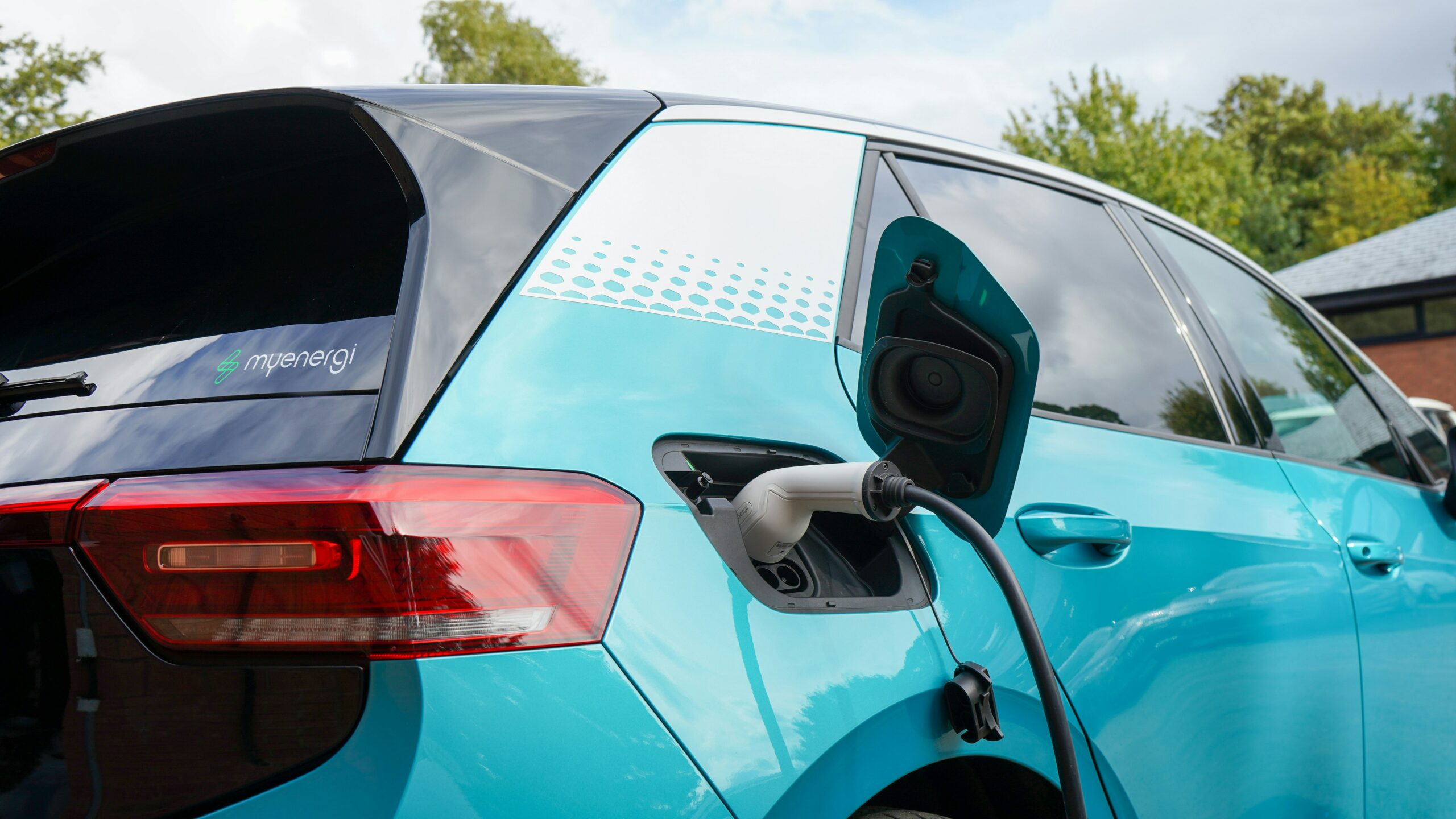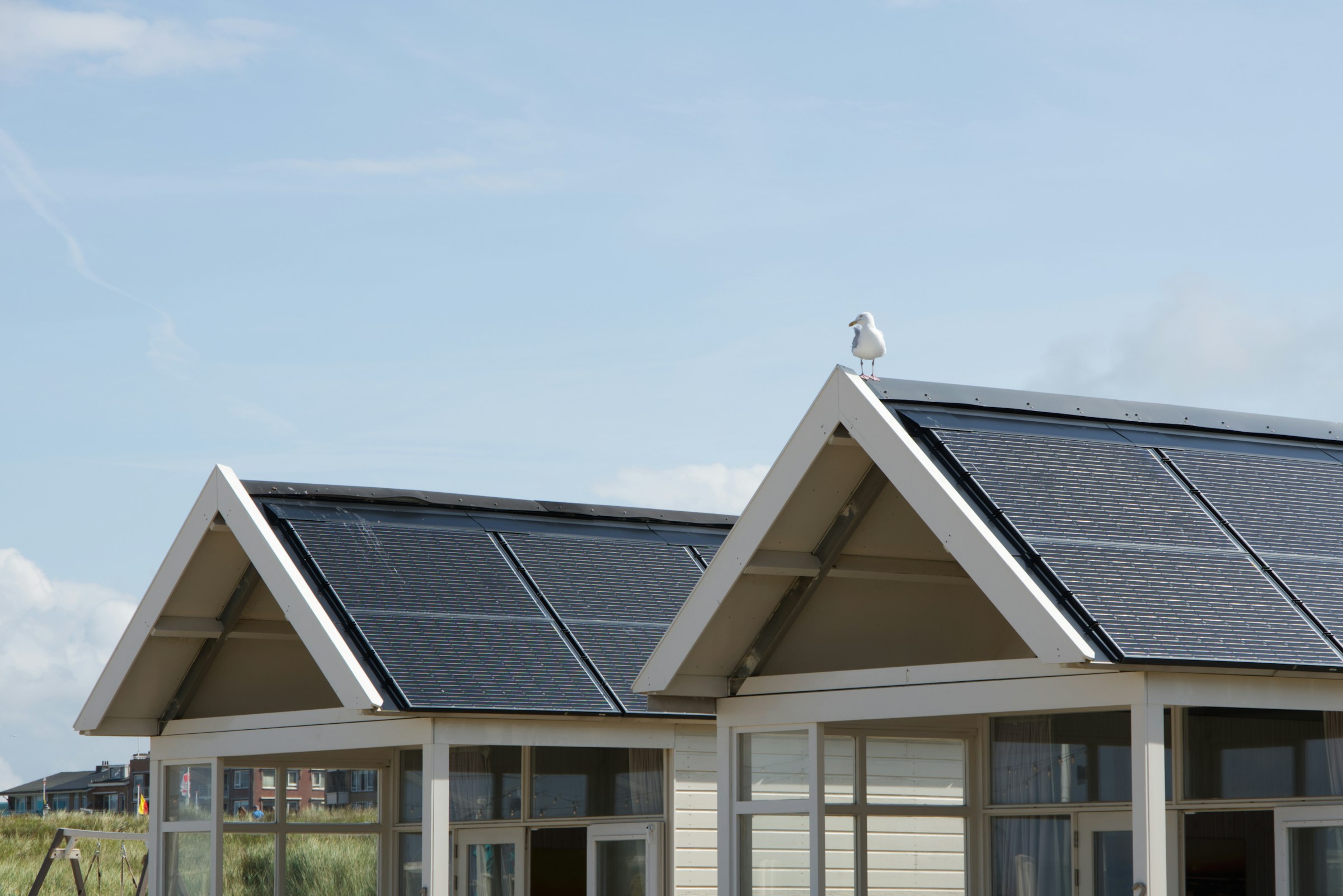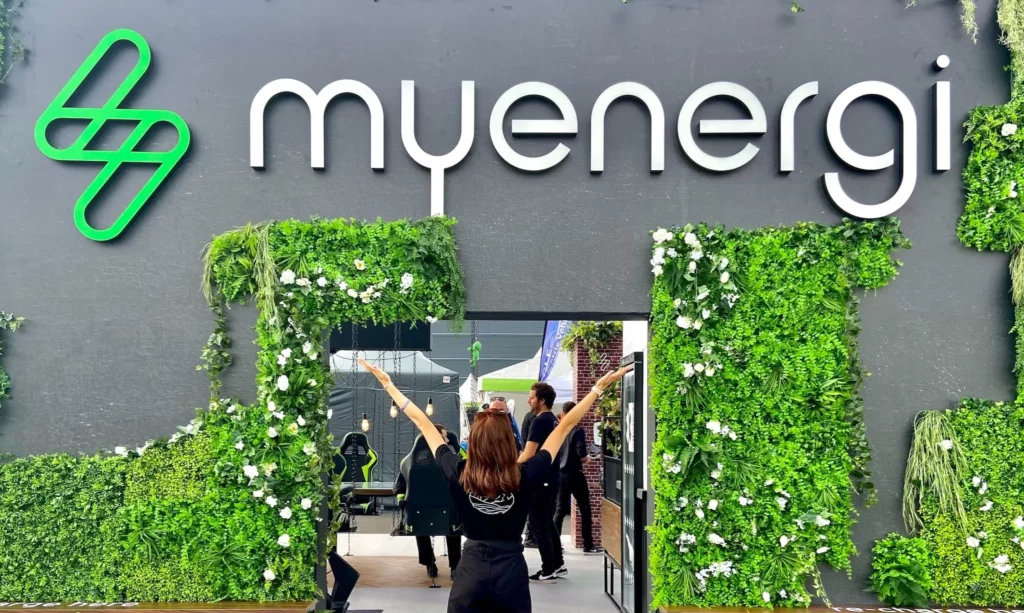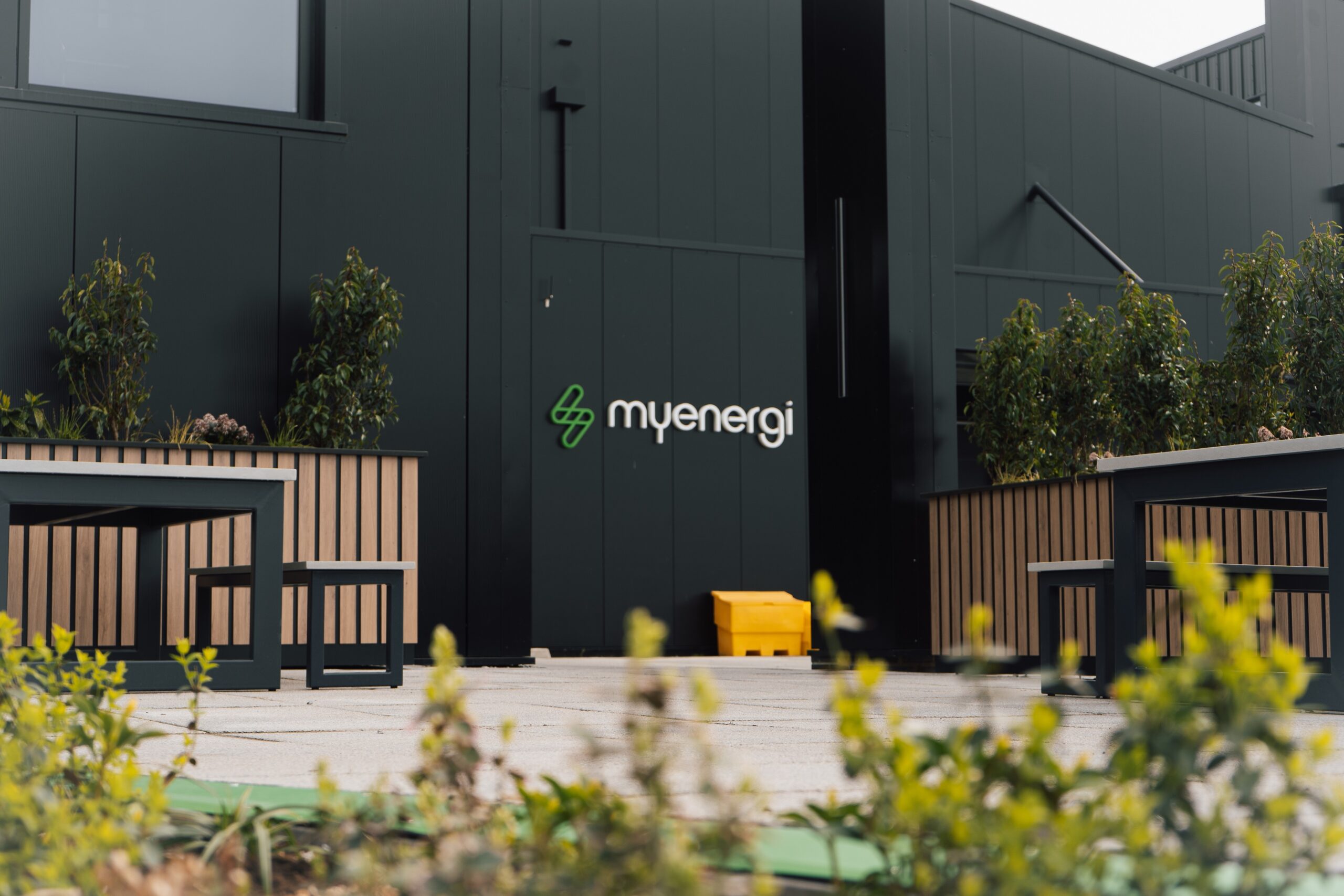Jordan Brompton, co-founder and CMO of myenergi, addresses concerns from the Association of Fleet Professionals (AFP) over rising public charging costs, questions whether high prices are really having a negative impact on vehicle sales, and explains the numerous solutions available for drivers to embrace more cost effective charging options.
In May, Paul Hollick, chair of the AFP, raised concerns over the high price of public EV charging, suggesting that rising rates were making running costs widely unsustainable for many motorists and therefore preventing some of the UK’s biggest fleets from transitioning to electric.[1]
Indeed, for fleet drivers without access to either home or depot charging, Hollick suggested that public charging costs of up to 80p per KWh were not only unrealistic, but also damaging to the overall perception of EVs. With the total cost of ownership argument heavily based on the assumption of low-cost charging, Hollick called for a massive improvement to public infrastructure, including a focus on increased investment in on-street charging.
While I agree with Paul’s vision that low-cost EV charging should be achievable for all, his suggestion that fleets are being priced out of electrification is possibly missing out some of the data. After all, while public charging costs may indeed be rising, it’s still far more cost effective to charge an EV in general than it is to fuel a petrol or diesel car or van at that pump. Indeed, the latest vehicle registration data suggests that EV uptake from fleets and businesses continues to rocket.
It’s also important to remember that motorway, depot and domestic charging aren’t the only options for fleet drivers – and most drivers aren’t reliant on only the fastest and most expensive chargers to get them around. Thanks to continued innovation from across the supply chain, there are now numerous ways to charge your EV – such as via through-street charging solutions pioneered by companies like UK-based Kerbo Charge, which use pavement channels to provide access to a home charger, despite being parked on-street. The government has recently extended the EV Chargepoint Grant to drivers with on-street parking, so we hope to see even greater take up of this type of innovation solution to the charging challenge.
Are EV fleet sales really struggling?
According to figures published by the Society of Motor Manufacturers and Traders (SMMT), the UK new car market clocked up its 22nd consecutive month of growth in May, with a 1.7% rise in registrations. Fleet and business registrations accounted for 61% of the total market.[2]
Hybrid sales also hit impressive levels, increasing by 9.6% year-on-year (YOY) to 19,503 units and accounting for 13% of the market, while plug-in hybrids shot up by more than 30% to 11,866 units, or 8% of all new registrations.
Elsewhere, battery electric vehicle (BEV) registrations commanded a market share of 17.6%, rising 6.2% YOY. If these trends continue, SMMT analysts predict that BEVs will exceed 19% of the new vehicle market before the end of the year.
Are public charging costs set to plummet?
According to the Zapmap Price Index, public charging costs increased by 11% during 2023, with the average driver forking out around 56p per KWh to charge <50kW. The premium to charge via the rapid/ultra-rapid network now sits at around 47%,[3] however even with these increases, most EV drivers still pay far less to run their car than owners of petrol and diesel vehicles.
As wholesale energy prices continue to prove volatile, it’s doubtful that public charging rates will fall dramatically in the near future. However, there are still reasons to be positive. For example, the industry is putting pressure on standing charges, as well as pushing to secure electricity within the government’s Renewable Transport Fuel Obligation. In addition, by the end of 2024, we should see a proposal on how there will be a rebalancing of gas and electricity prices to make electricity more fairly priced for end customers.
So, while public charging costs remain higher than they were 12 months ago, it shouldn’t prove a dealbreaker for fleet managers. In the future, costs will no doubt decline. In the meantime, fleets should prioritise the wider benefits of EVs – in particular their environmental credentials and ESG contribution.
Are EV running costs really that different to ICE vehicles?
One of the major allures of owning an EV are the low running costs and low total cost of ownership when compared to more traditional petrol or diesel models. With fewer components, servicing is faster, cheaper and needed less frequently – a significant benefit for fleets, both in terms of overall cost and staff downtime.
In addition, charging costs are on average far lower than petrol or diesel alternatives – especially if you can charge at home or at the depot. Take the myenergi zappi, for example, our market leading eco-smart domestic EV charger. By harnessing time of use tariffs, drivers can charge their EV for less than half what it would cost to fill up at the pumps.
If you have solar panels installed on your property, this price will drop even further, with motorists able to charge their EV with 100% green energy and minimise their reliance on the grid.
Even for fleet drivers regularly on the road, the cost of running an EV is far lower than that of a petrol or diesel vehicle. Insight from ZapMap suggests that a motorist that charges predominantly at home, but also uses rapid/ultra-rapid charging 20% of the time, will enjoy costs less than half that of an ICE driver (c. 7 pence per mile).[4]
What are the options if I can’t charge at home?
For drivers without access to depot or domestic charging, there are still a number of ways to power your EV without relying entirely on the public charging network. Companies like Kerbo Charge, for example, offer through-street charging solutions, which use pavement channels to provide access to a home charger, despite being parked on-street.
While still in their early stages of adoption, these solutions can prove revolutionary for motorists living in terrace properties or inner-city areas with no access to a private driveway. By combining a state-of-the-art smart charger (such as a myenergi zappi) with a pavement channel, you can still benefit from minimal charging costs.
Elsewhere, councils are investing heavily in on-street residential charging solutions, such as trickle charging points within lampposts. Compared to costly motorway charging points, these options offer low cost charging and reliable access for both fleet and private drivers alike.
Are charging costs really putting the brakes on the EV market?
As a lifelong EV advocate and true champion of the transition to electrification, I honestly believe that plug-in vehicles are one of the greatest steps forward towards tackling climate change. While public charging costs are unlikely to plummet any time soon, drivers still have a number of options at their disposal to power their EV for far less than refuelling an ICE vehicle.
It’s no secret that further investment is needed in the public charging network – in particular when it comes to on-street solutions and initiatives like Kerbo Charge. It would also be positive to see the government showing proactivity when it comes to removing the barriers to the technology’s widespread deployment (including any objections from local authorities).
So, while it may not be possible for every EV driver to enjoy the low cost of home charging solutions, there are numerous alternatives that can be embraced to minimise total cost of ownership. This, alongside the environmental and emissions benefits that EVs boast offer a robust argument for fleet managers.
The data backs up this view, with fleets continuing to order EVs in their thousands. Are charging costs really putting the brakes on the EV market? Well, maybe slightly, but the transition to electrification is running rampant.
[1] Some fleets put off EVs by public charging costs, AFP says (businesscar.co.uk)
[2] https://www.smmt.co.uk/2024/06/new-car-market-holds-steady-as-fleets-drive-growth/
[3] https://www.zap-map.com/news/how-public-charging-prices-changed-2023#:~:text=%E2%80%9CThis%20year%2C%20with%20the%20continued,down%20in%20the%20near%20future
[4] https://www.zap-map.com/news/how-public-charging-prices-changed-2023#:~:text=%E2%80%9CThis%20year%2C%20with%20the%20continued,down%20in%20the%20near%20future








